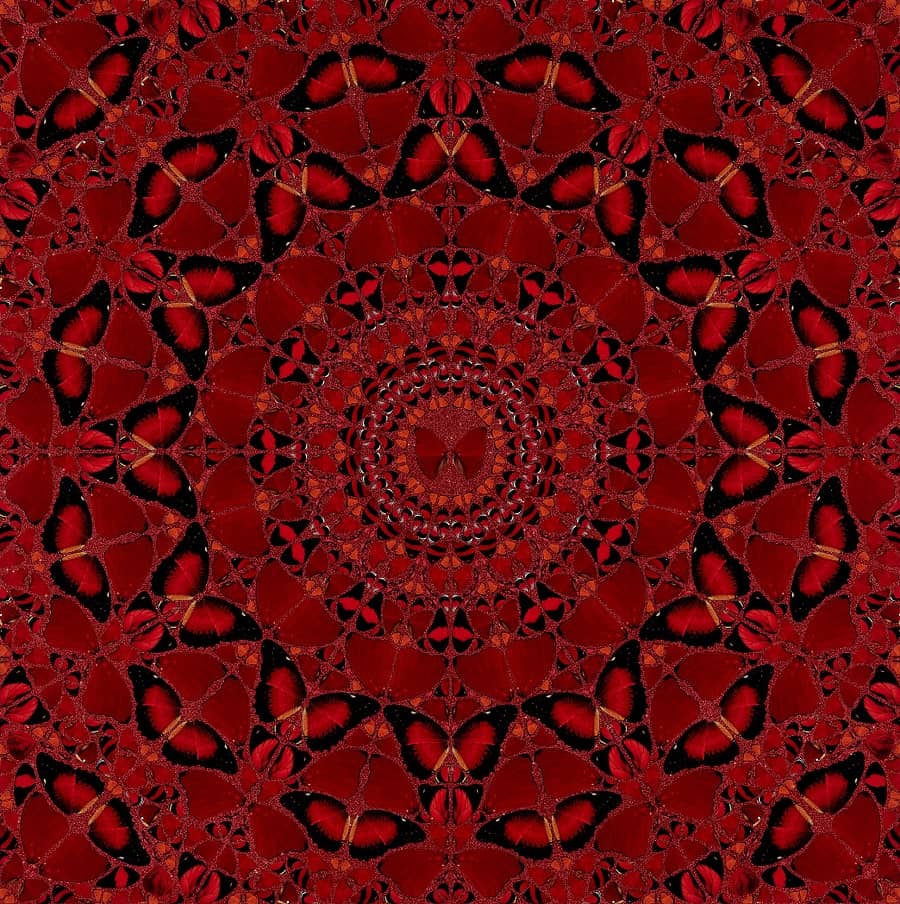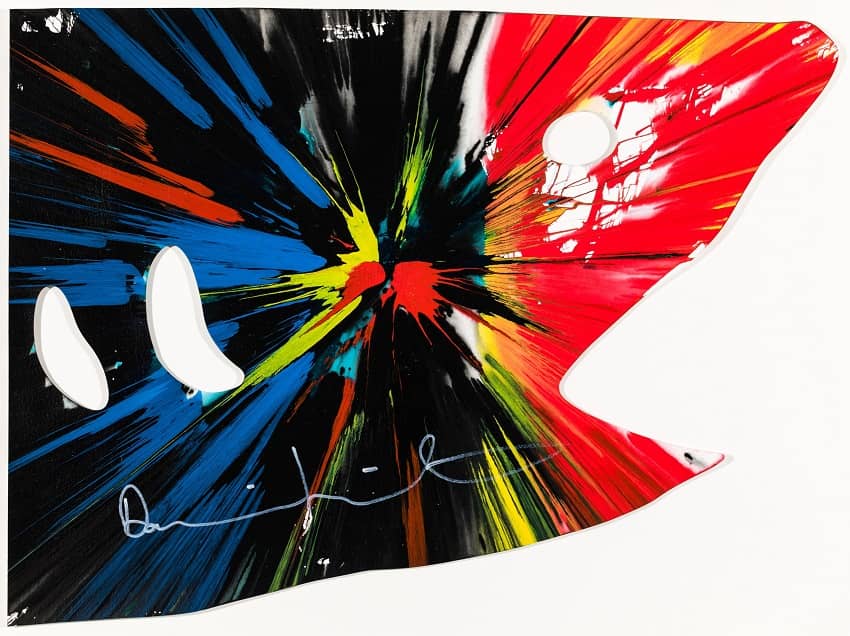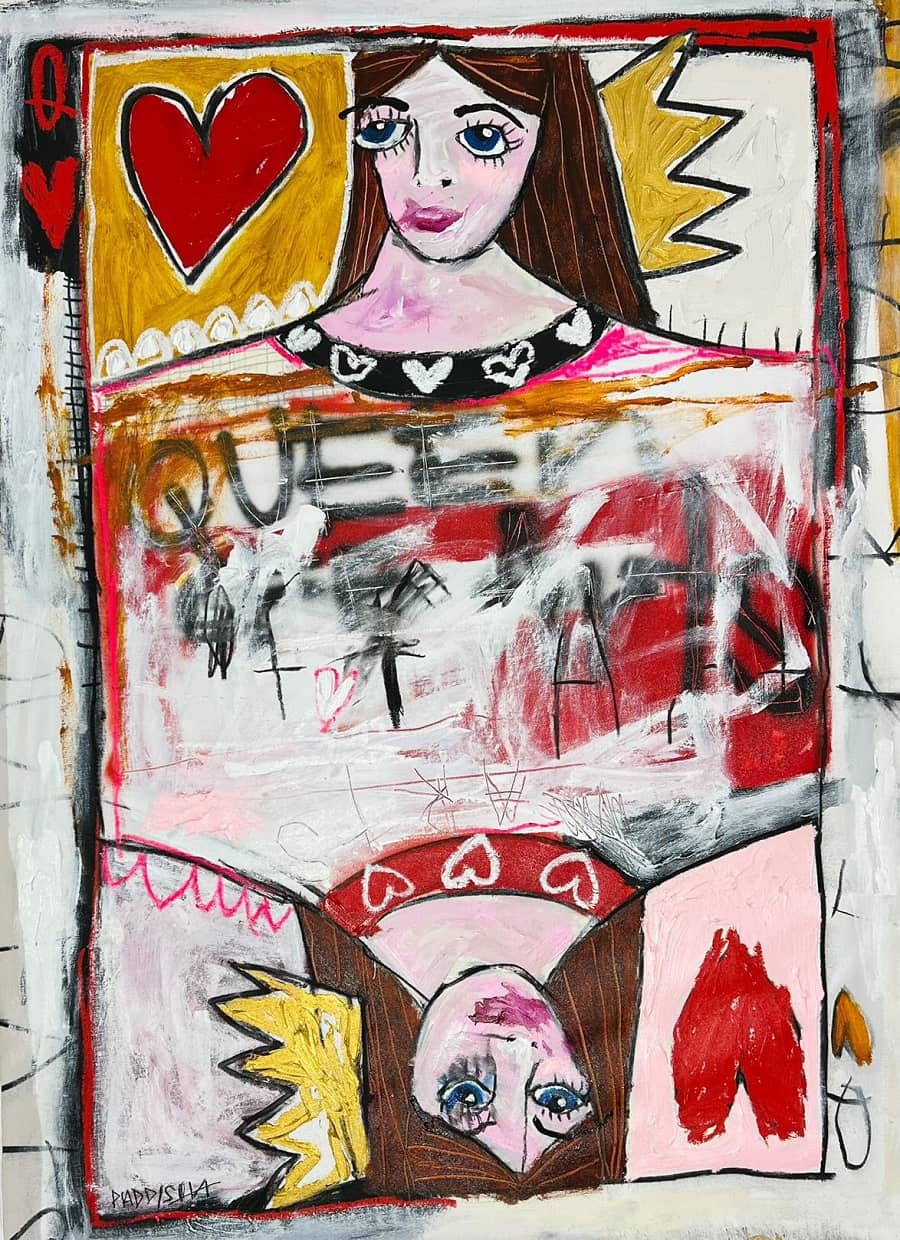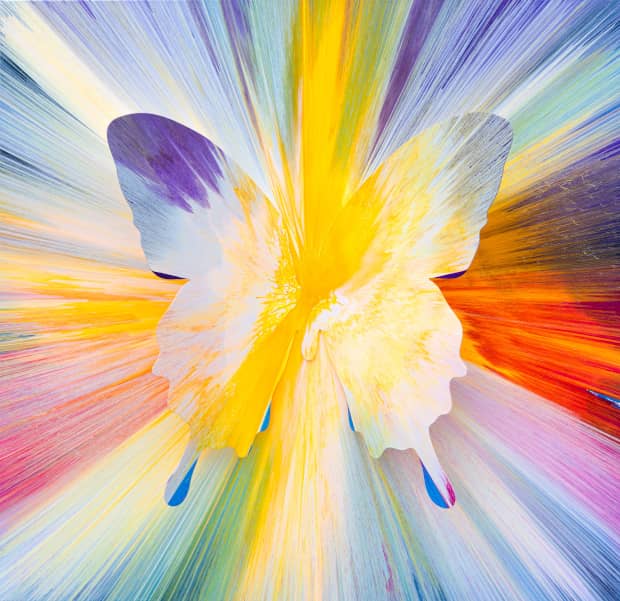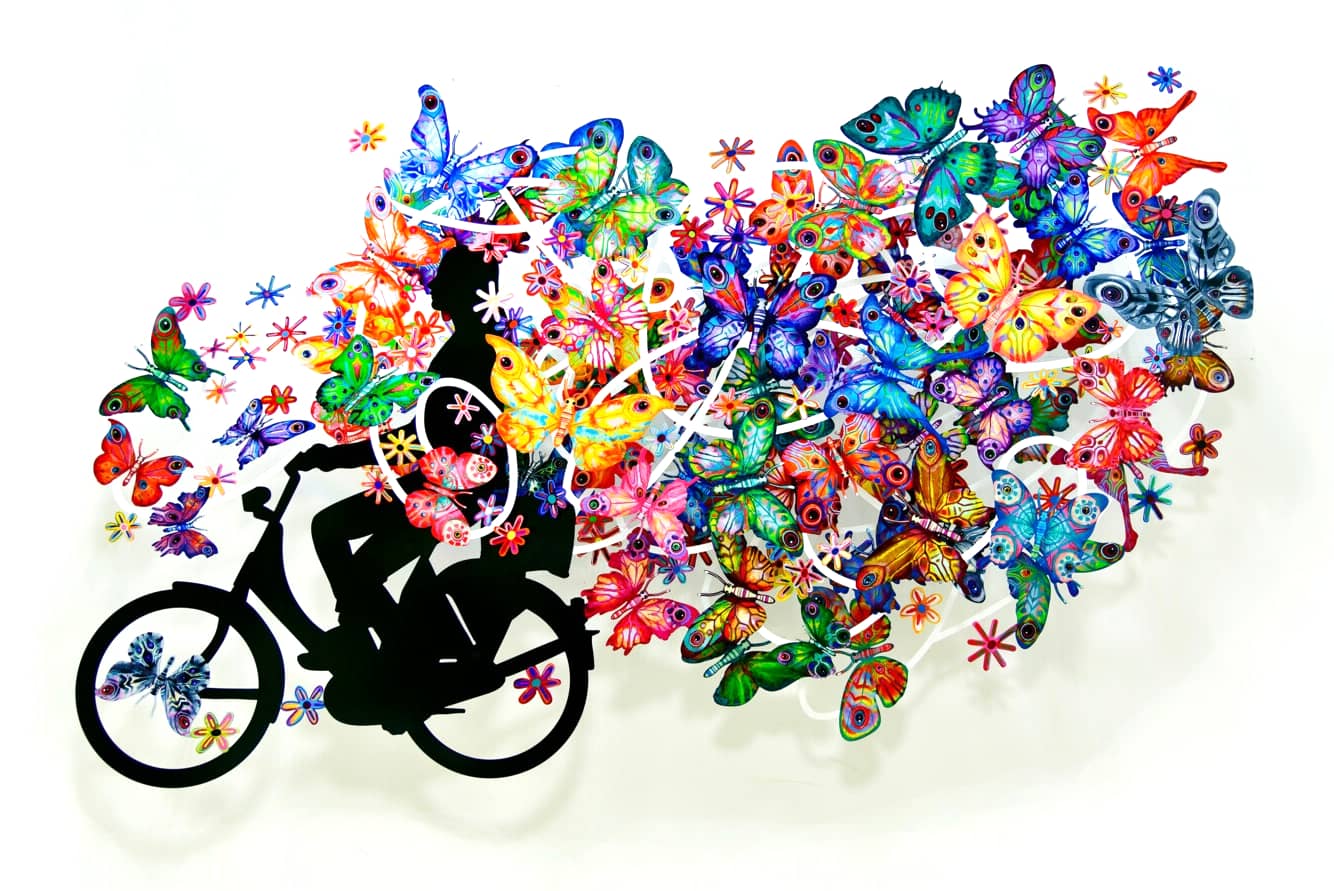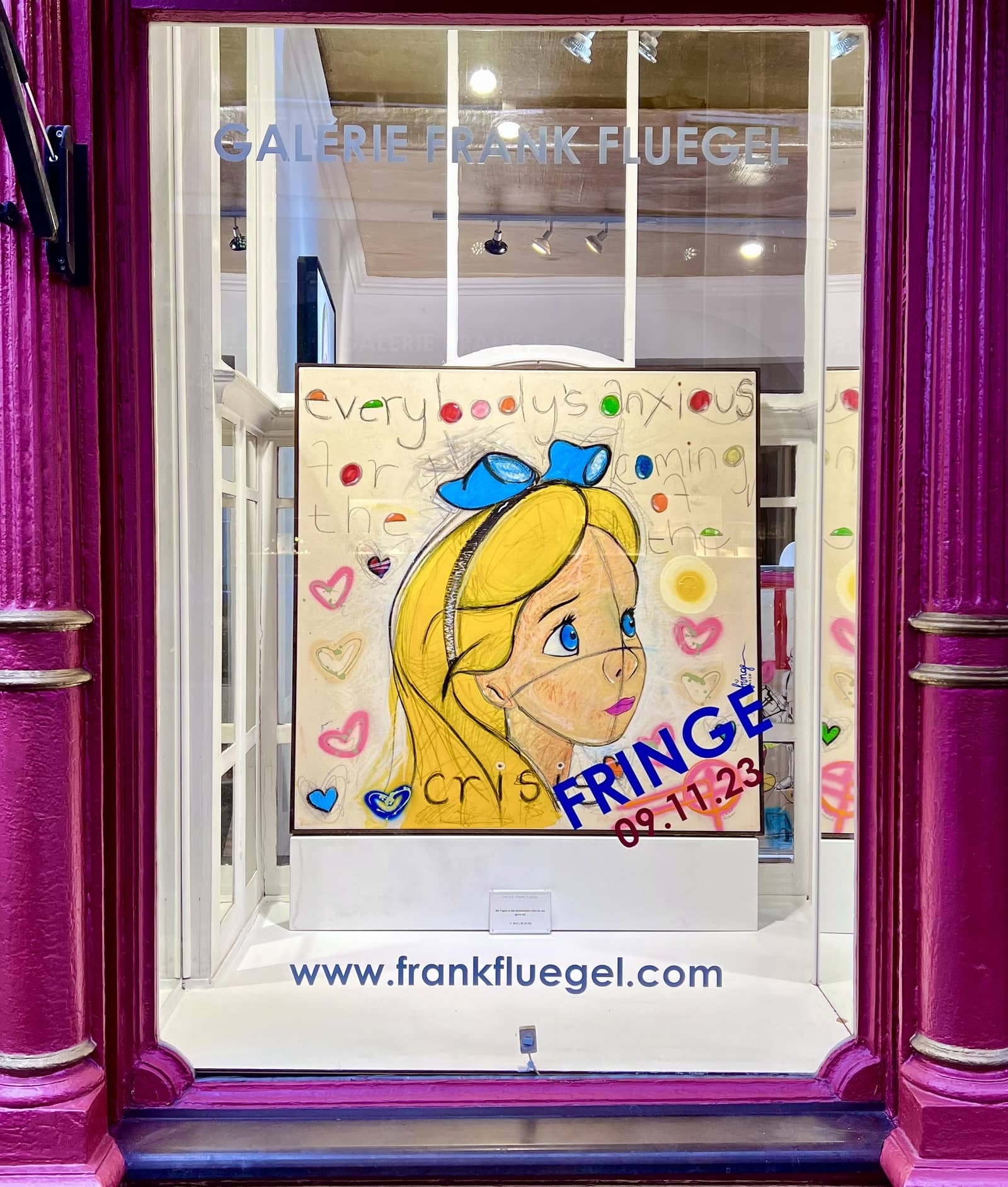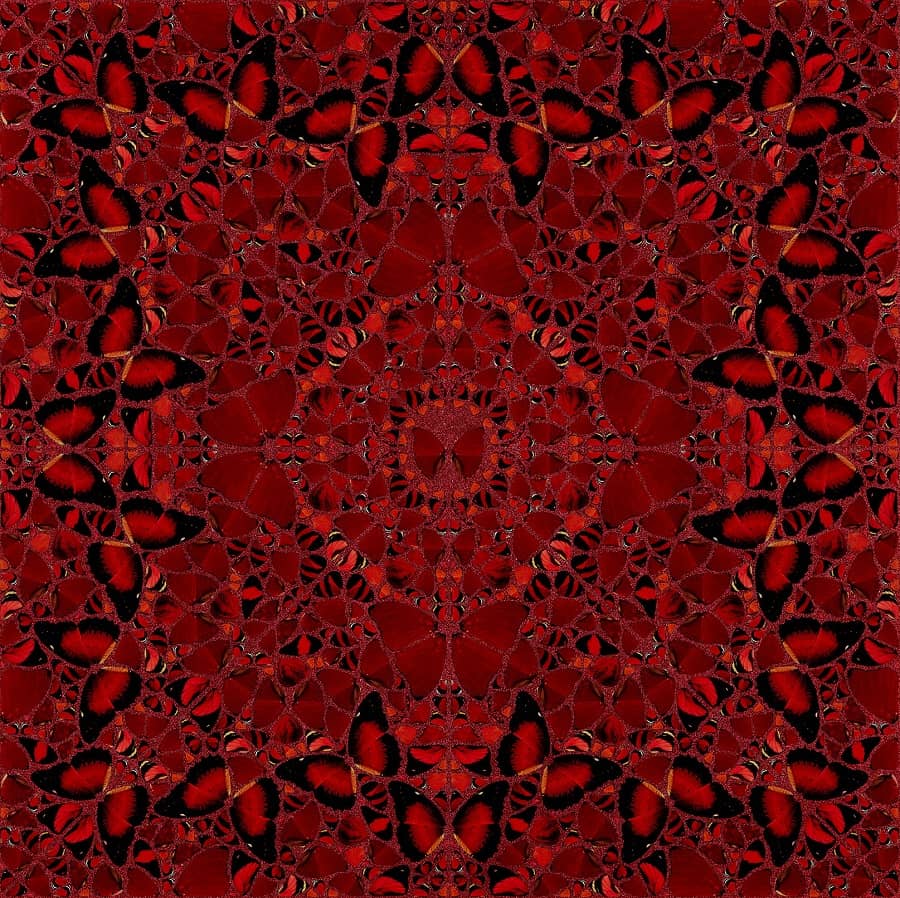
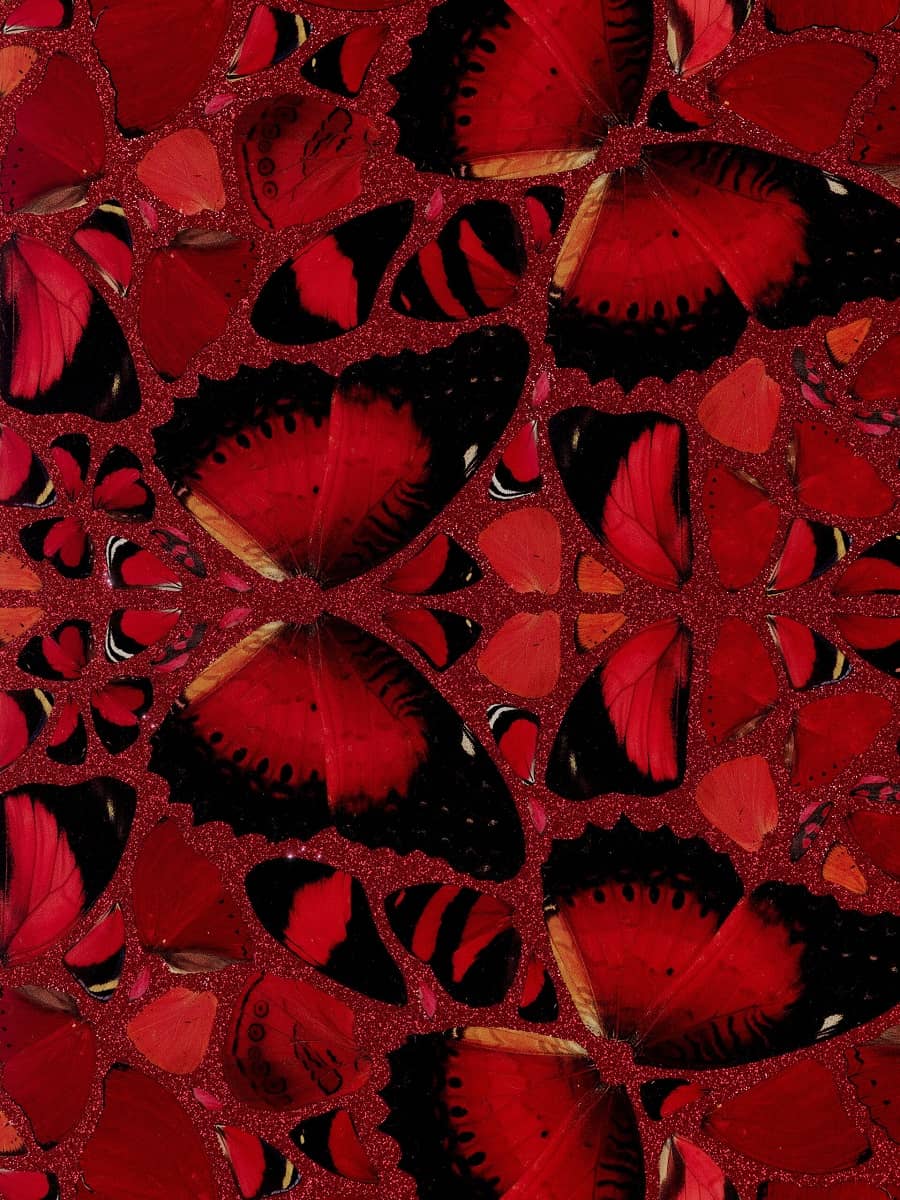
Damien Hirst H10-2 Nūr Jahān (The Empresses) / Giclee Print / signed / numbered
| Year: | 2022 |
| Format: | 100 x 100 cm / 39.4 x 39.4 inch |
| Material: | aluminium composite, screen printed with glitter. |
| Method: | Giclée print. |
| Edition: | 3.041 |
| Other: | signed and numbered on label verso. |
Damien Hirst – H10-2 Nūr Jahān (The Empresses).

| Year: | 2022 |
| Format: | 100 x 100 cm / 39.4 x 39.4 inch |
| Material: | aluminium composite, screen printed with glitter. |
| Method: | Giclée print. |
| Edition: | 3.041 |
| Other: | signed and numbered on label verso. |
Damien Hirst - Butterflies (The Empresses)
H10-2 Nūr Jahān (The Empresses) is from the Butterfly series by Damien Hirst. Damien Hirst was born on June 7, 1965 in Bristol and grew up in Leeds. At the age of 16 he begins to make anatomy drawings in the anatomy department of the Leeds Medicine School. From 1986-1989 he studies at the renowned Goldsmith College in London, which completely changes his understanding of the classical techniques of painting, drawing, sculpture. Already in his student days he starts working on some of his most important series. The first works of “Medicine Cabinets” date from his second year at the college. In cabinets of different sizes, he collects and presents a series of medicines, which he displays as if in a showcase.
Nur Jahan, defined by complex mosaic-like arrangements and a structural composition, is named after the multi-skilled de-facto empress of the Mughal Empire. In 1611 Nur Jahan (1577-1645) became Emperor Jahangir’s 20th wife, but not officially his empress. Nonetheless, she exerted her influence on the empire, minting coins in her name and issuing royal decrees. A great diplomat, a skilled hunter and a successful advisor, Nur Jahan was also a talented architect – her designs for her parent’s tomb in Agra are believed to have inspired the Taj Mahal. In Nur Jahn, single or paired wings in various sizes and striking hues of red and black are arranged into perfectly symmetrical patterns. The wings emanate out from the centre vertically, horizontally and diagonally to create entrancing kaleidoscope-like patterns. The focal square composition appears to enshrine the central pair of wings, with the surrounding arrangements of wings seemingly receding and therefore directing the eye to its centre. This intricate, tectonic organisation recalls the architectural efforts of Nur Jahan and the glorious mosaic tiles that adorn the Agra tomb. The arrangement of Nur Jahan is in a constant state of transformation – new passages of patterns of extraordinary wings are revealed the longer it is studied and the more the viewer changes their position before it. Such is true of the large black and red pairs of wings that encircle the composition at its outer edge, alternately arranged to create an uneven frame. In doing so, Hirst infuses into this orderly composition a sense of vitality, that these butterflies are captured in a moment of variously directional flight.
In 1988, together with other Goldsmith College students, he curated the exhibition “Freeze” in an empty warehouse, which is considered the birth of the Young British Artists. The series of “Spot Paintings” originated here, in which Hirst applied round, colored spots to the wall of the warehouse. These, too, will appear again and again in his work.
In 1991, he begins working on his most spectacular series – “Natural History.” He puts animals – sharks, sheep, cows – in formaldehyde in plain glass tanks, later he also cuts up some animals. With these works he is represented at the “Sensation” exhibition in 1997, which makes the “Young British Artists” known worldwide and at the same time causes an onslaught of indignation. The collector, artist dealer, and patron Charles Saatchi, whose collection comprises this exhibition, was one of the first and most important supporters of the Young British Artists. Hirst created another sensational work in 2007 with “For the Love of God” – a platinum cast of a skull set with 8601 diamonds. Love, death, religion and consumer culture are the relevant themes in his work, in the realization of which he breaks completely new ground and almost always provokes.
In 2002 he was a participant in the 50th Venice Biennale, and in 2012 the Tate Modern organized a comprehensive retrospective of his work. As early as 1995 he was awarded the prestigious Turner Prize.
In 2009, the PinchukArtCentre in Kiev hosts Damien Hirst retrospective “Requiem” with 100 works from the years 1990 – 2008. At the opening of the exhibition there will be a “Spin Painting Workshop” in which every visitor can participate. Spin Paintings are created by applying paint to the support material and distributing it through rapid movement. Surprising, dynamic and abstract forms are created. On the one hand, they offer the artist the usual control over the choice of color as well as the carrier material and form, but on the other hand, the “composition” is completely arbitrary and beyond the influence of the painter.
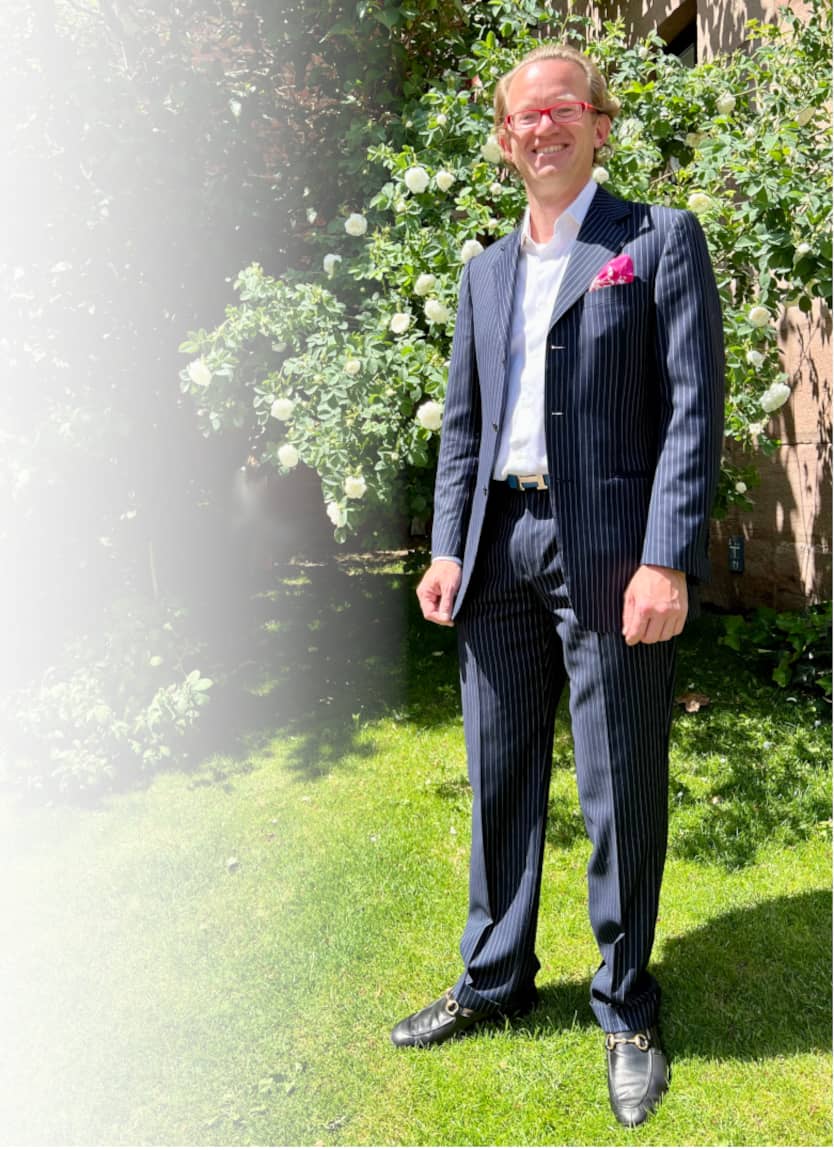


Year: 2022
Format: 100 x 100 cm / 39.4 x 39.4 inch
Material:aluminium composite, screen printed with glitter.
Method:Giclée print.
Edition:3.041
Other:signed and numbered on label verso.


